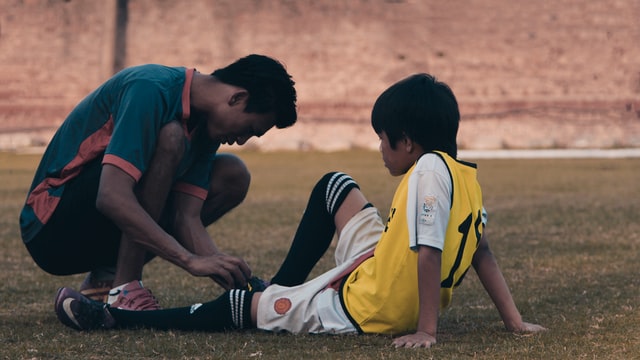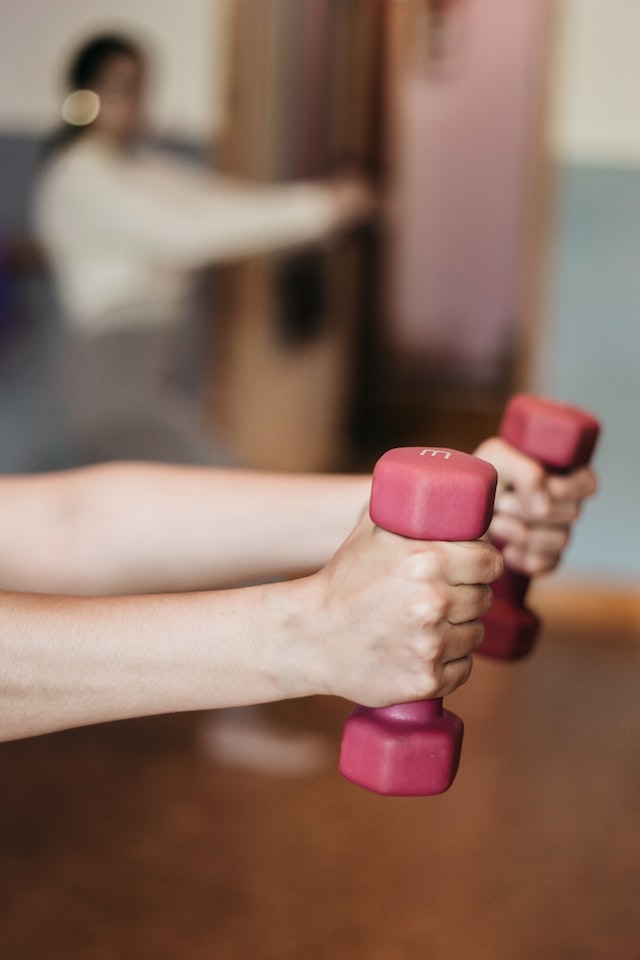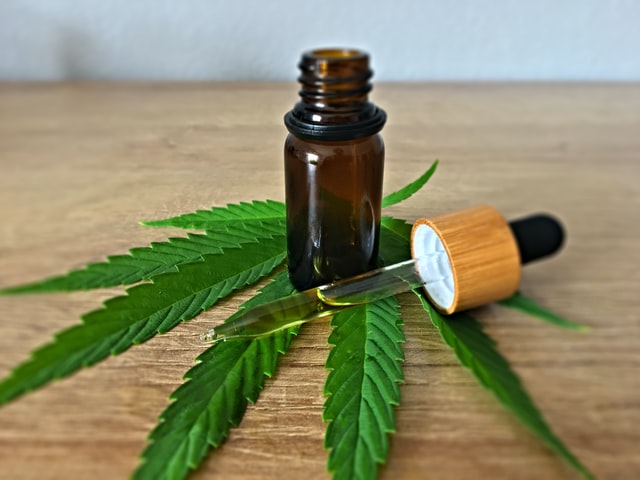Hurt in the Game? Tips for Getting Over a Recent Sport Injury
Athletes play with passion, and in those intense moments, even the strongest and most careful may suffer from a sports-related injury. Sprained muscles and sore, twisted joints are all possible. When this happens, you must recognize the pain and stop for evaluation. While it’s hard to step off the field, those actions could assist you in getting back sooner and preventing major, season-ending complications. Be sure to do the following four things.
1. Assess Your Pain and Swelling
If something feels off, stop and think about what is causing that change. Rate your discomfort on a scale of 1 to 10. Then, determine whether you should report the problem to the coach. The higher up the range, the more likely you should break from the action. Pushing yourself could cause more long-term issues.
Sometimes you may not even realize you’re suffering until the game ends. The body does perform under adrenaline, masking some of the intense pain. When you realize there’s a problem, ice and over-the-counter medicines could alleviate swelling and aggravation.
2. Speak with Professionals
Arrange an appointment with a medical office for a full evaluation. Depending on the trouble, the physician may request scans or x-rays along with the assessment. Then, assistants may immobilize that muscle or bone with a cast or sling.
As the discomfort eases, begin working with a local rehabilitation centre Burlington ON. The specialists assist in working injured areas.
3. Ease Back Into the Game
When you’re heart in with the team, it’s hard to sit on the bench, waiting for the right time to rejoin the action. This patience is vital to the healing process. People mend at various rates, some faster than others. Listen to the medical experts about how you should get back into the warmups.
4. Discuss Preventative Measures
The physical therapist may offer suggestions on how to avoid or minimize reinjury. Ask about equipment. Sometimes you may require more support, especially in the feet. A good pair of shoes cannot eliminate a sprained ankles, but they could reduce the likelihood. Helmets and pads absorb intense hits, so your body doesn’t feel the impact as much.
Other suggestions include stretching both before and after the workout. Muscles should ease into exercise, possibly avoiding too much strain. At the end, the right stretches permit a good cool down and minimizing soreness.
Take care of yourself by listening to the pain. If you suspect something is wrong, speak with medical experts, and be patient. The body heals. With the right attention, you’re likely to do so faster.









